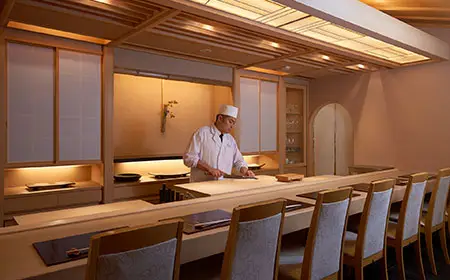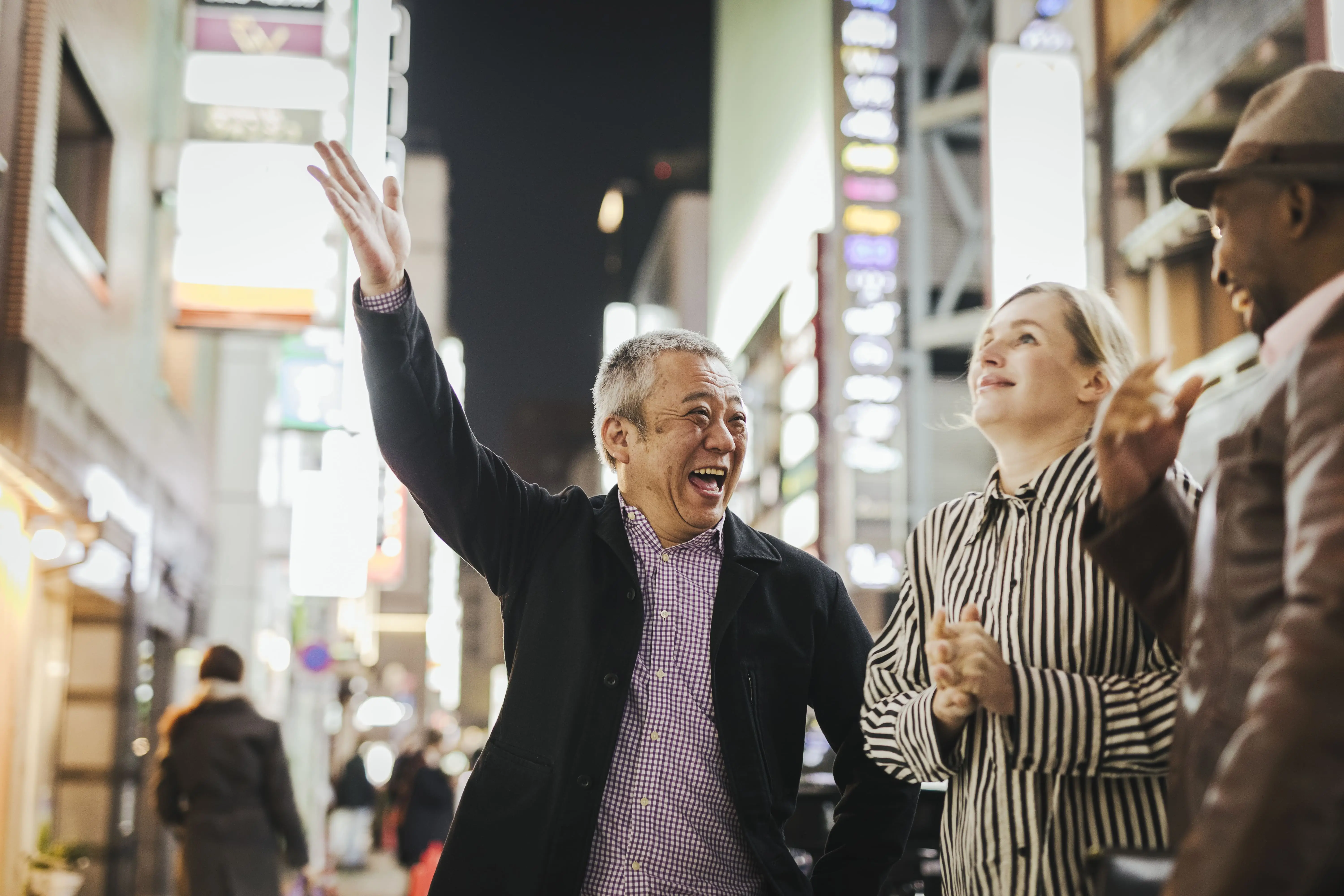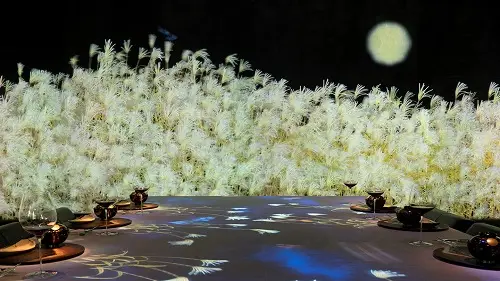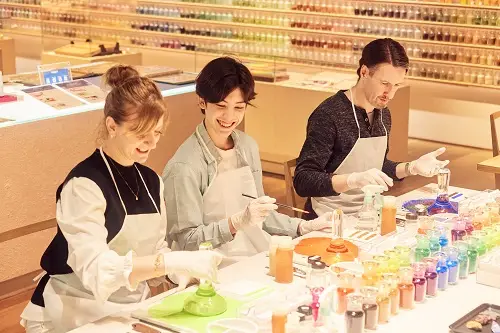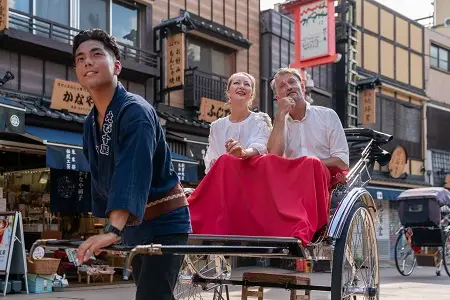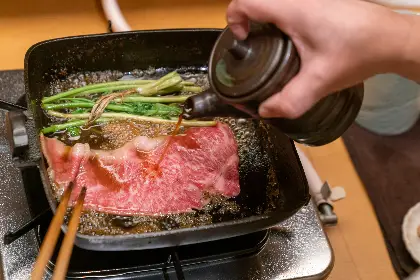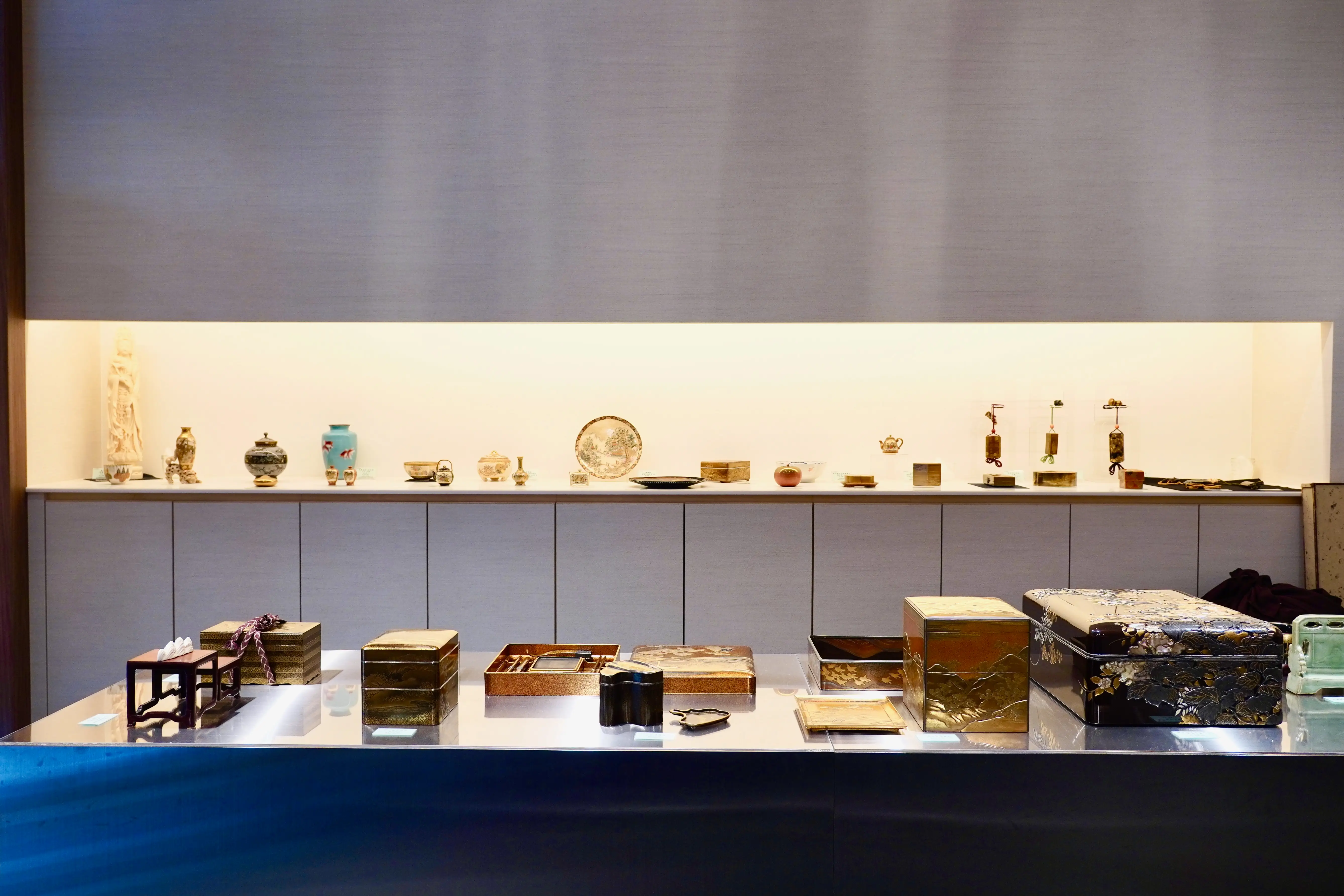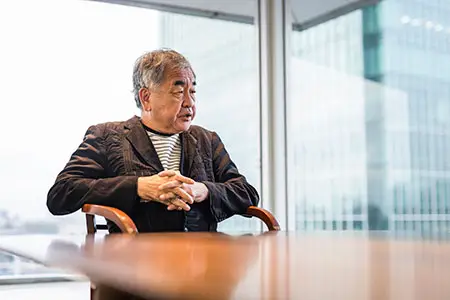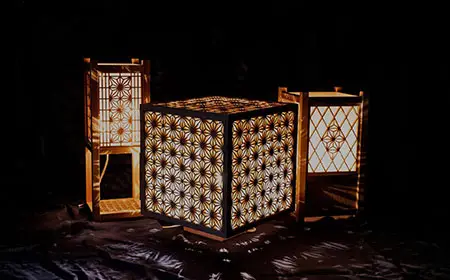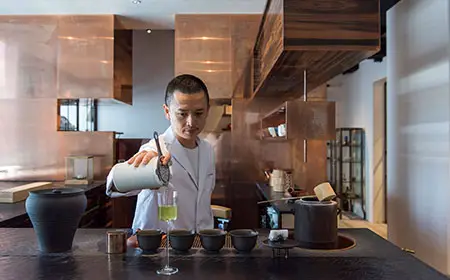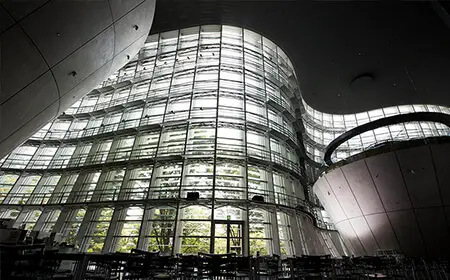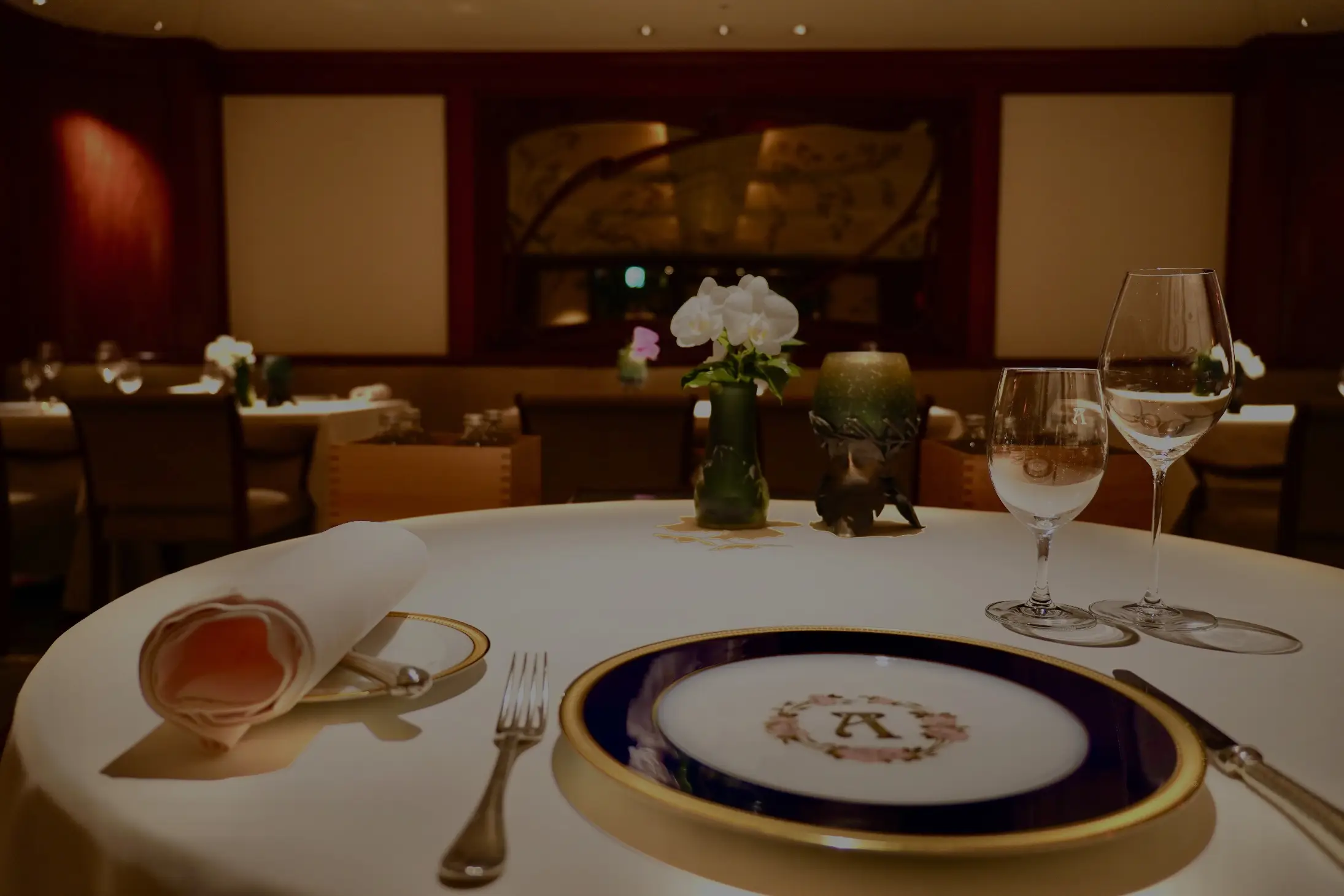
A REMARKABLE TRIUMVIRATE OF FRENCH-INSPIRED RESTAURANTS
Tokyo’s diverse dining scene culminates in the city’s finest French-inspired cuisine.
November 2024
Michelin-starred chef Satoshi Kakegawa, currently the chef at Äta, knows a thing or two about Japanese-French cuisine in Tokyo. He has been an active member of the local gastronomie scene ever since he first discovered the extraordinary smells and textures of ingredients from abroad as a young trainee at Apicius, the pioneering high-end French restaurant in Japan.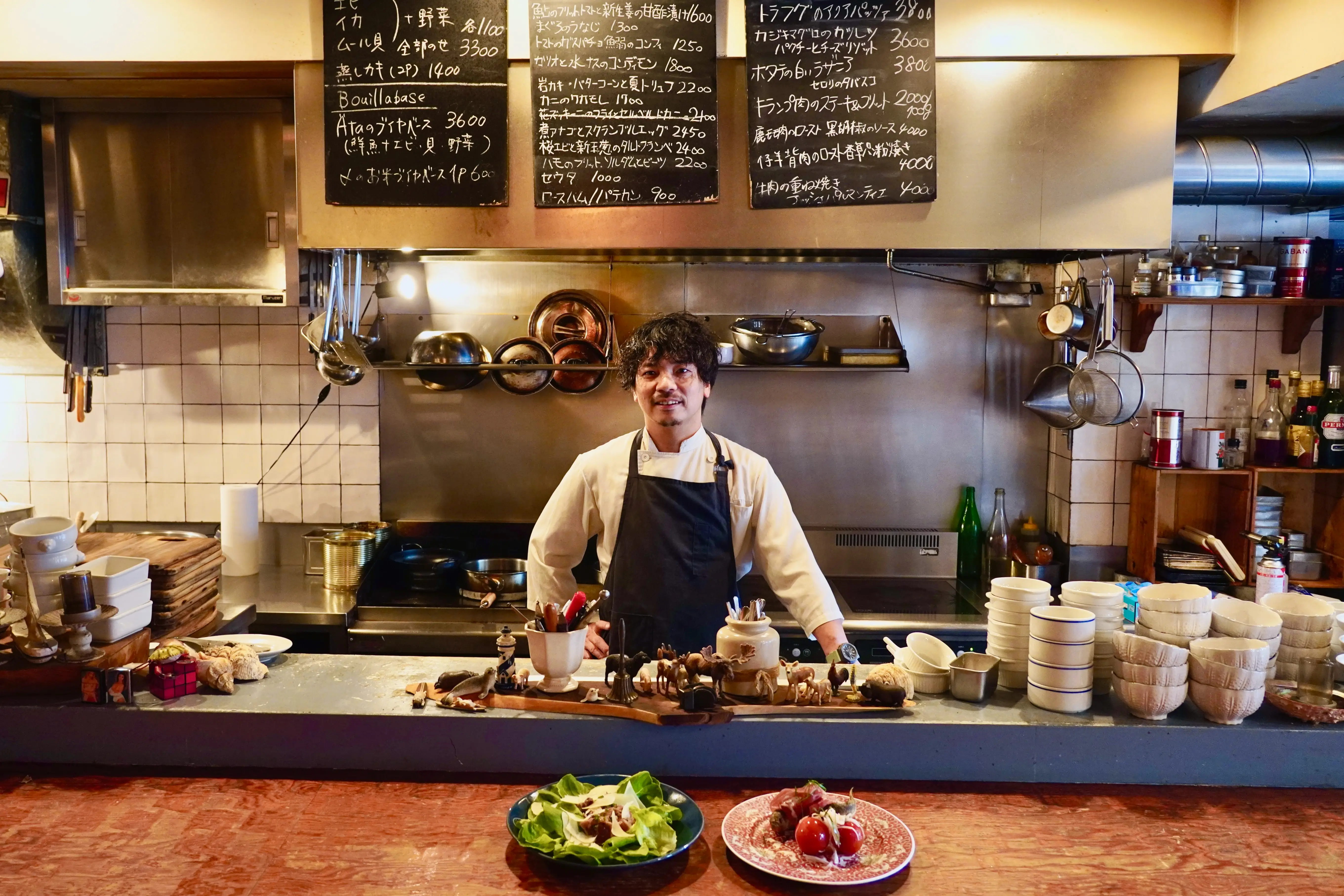
So when it comes to recommendations, he has three, each with its own distinct flavor. Apicius, the classic French establishment that has trained and influenced countless Japanese chefs over generations; Florilège, whose independent owner-chef innovates with creative plant-based dishes on the up-and-coming cutting edge; and Äta, Kakegawa’s own modest izakaya-style eatery ensconced on a backstreet in Daikanyama.
01. Apicius
Opened in 1983, a short stroll from Tokyo’s elegant Ginza district, Apicius is the restaurant that brought authentic French cuisine to Japan, pursuing exceptional ingredients since its inception, based on the philosophy of “genuine everything”. Its commitment to authenticity extends beyond the menu and ingredients to encompass the establishment’s fine interior décor. This meticulous attention to quality is on display as soon as you enter, from the elegant wood interior with original paintings by Bernard Buffet and fresh flower in the vase of Baccarat. Private rooms have hosted guests including many guests from the political and business circles.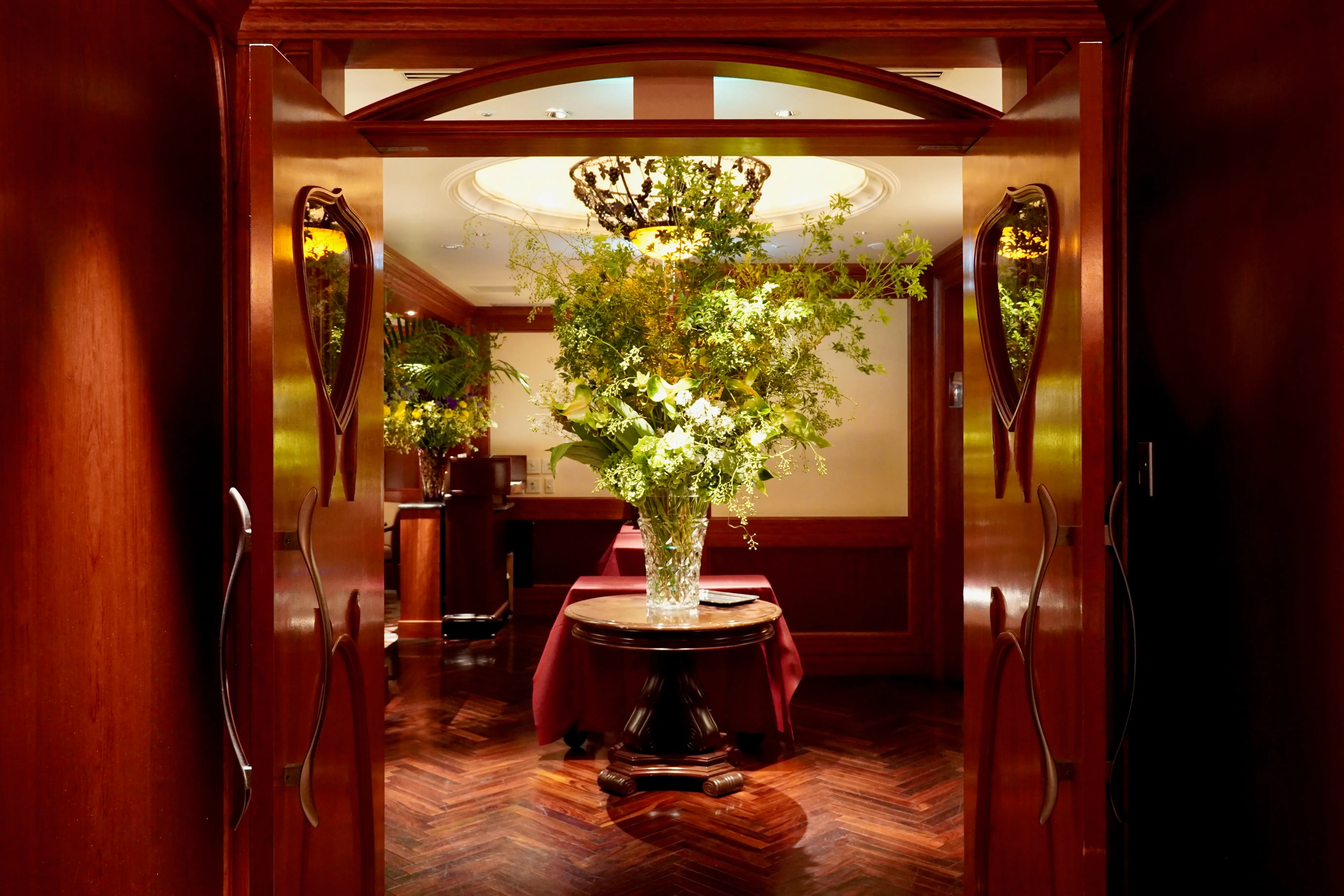
Apicius is named after an Epicurean gourmet Marcus Gavius Apicius of ancient Rome, and its menu is no less ornate with exquisite à la carte dishes of culinary excellence. The restaurant’s devotion to à la carte dining stems from its unwavering concept to “serve what our customers want to eat”. When it comes to pairing, the sommelier can recommend a timeless wine from an award-winning list of several thousand bottles collected over decades.
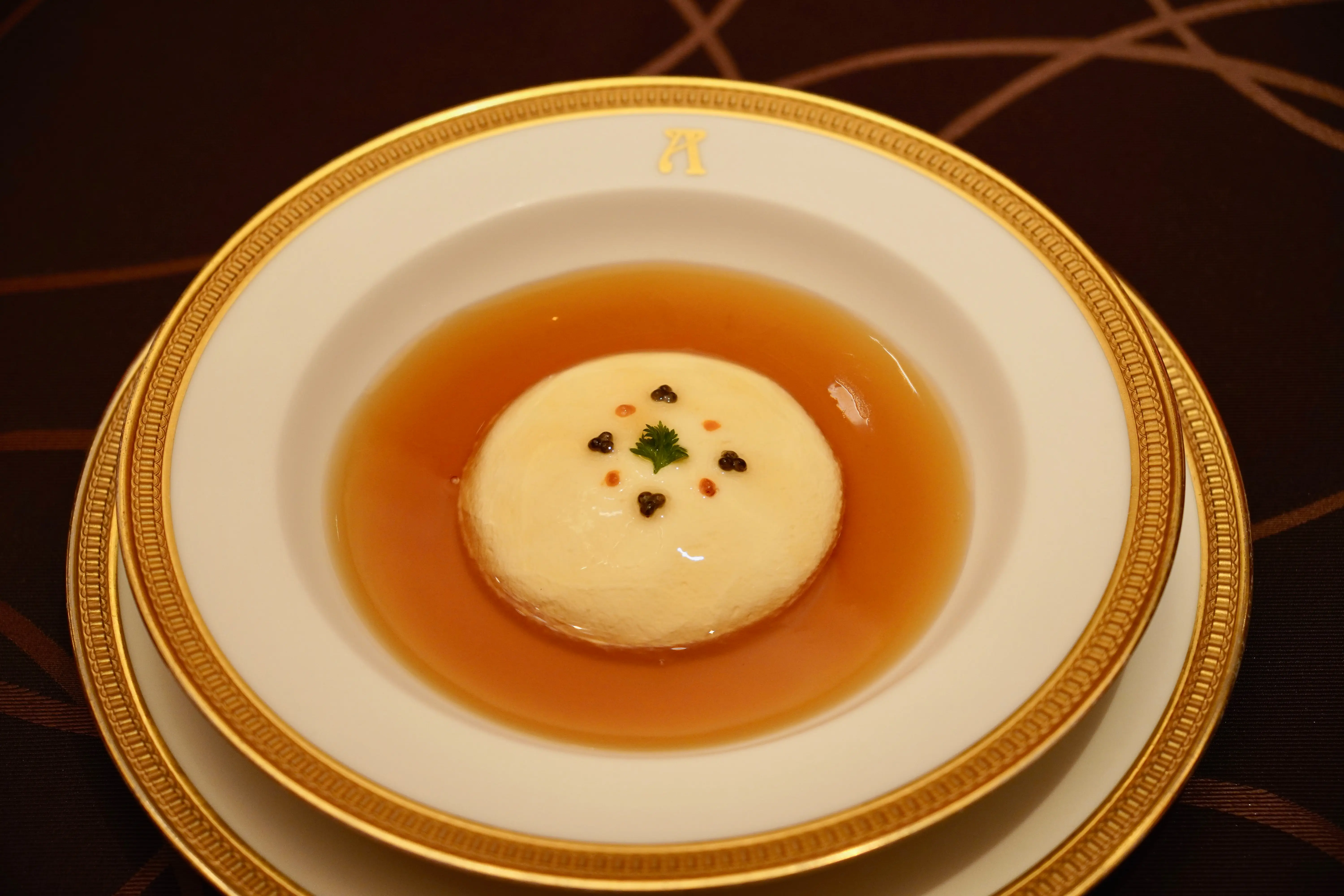
Fourth-generation chef Junichi Moriyama first joined Apicius in 1998, became sous-chef in 2013, and was finally promoted to head chef in June 2024. His long-standing loyalty shines through his dedication to protecting the integrity of the restaurant’s original French dishes, while introducing innovative touches with a Japanese essence. He is particularly passionate about one of the restaurant’s signature menu items: Caviar and sea urchin covered with cauliflower cream mousse.
02. Florilège
Florilège is a plant-based restaurant that is attracting attention around the world with its two Michelin stars. Its conceptual centerpiece is a large dark slab that also serves as its majestic dining table. The restaurant’s convivial table d’hôte is as much a place where people from various cultures and backgrounds can sit at the same table to eat, as it is a gourmet tabula rasa, where anything seems possible. In fact, finding a new space to accommodate the table d’hôte was the main reason Chef Hiroyasu Kawate decided to relocate Florilège to Azabudai Hills. It’s an ultra-modern extended space that comes alive with an open kitchen where Chef Kawate, a Tokyo-native who grew up in a family of chefs, explores and experiments as if in an open lab. 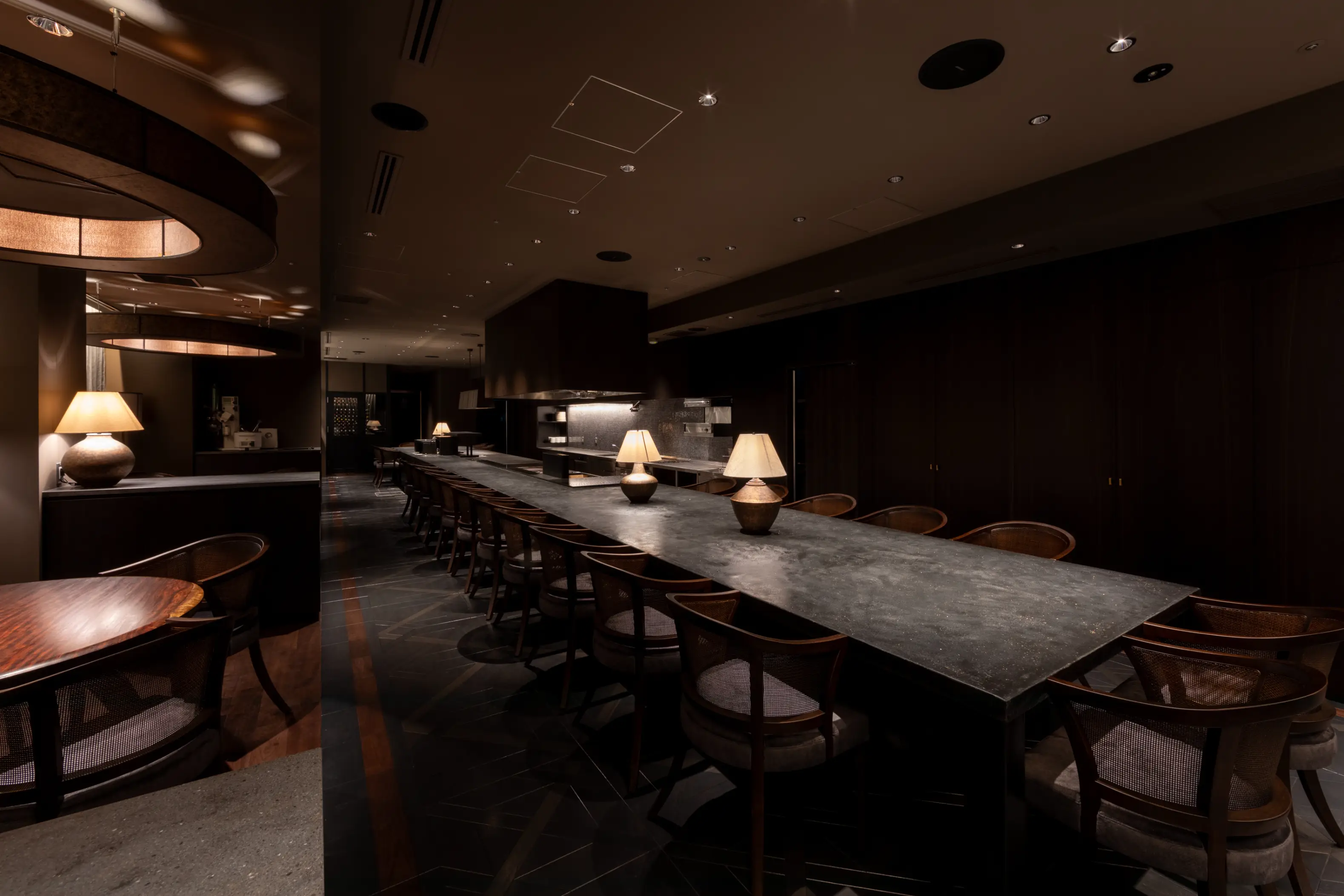
The current iteration of Florilège opened in Azabudai Hills in 2023 with the slogan “Vegetables that everybody knows with flavors that you never imagined.” It’s a novel challenge for the maturity and experience of a seasoned chef, whose whimsical creations reflect his changing moods and personality. Chef Kawate is particularly obsessed with plant-based cuisine, because he is convinced that Japan’s short-lived and beautiful vegetables have the potential to create the most delicious dishes.
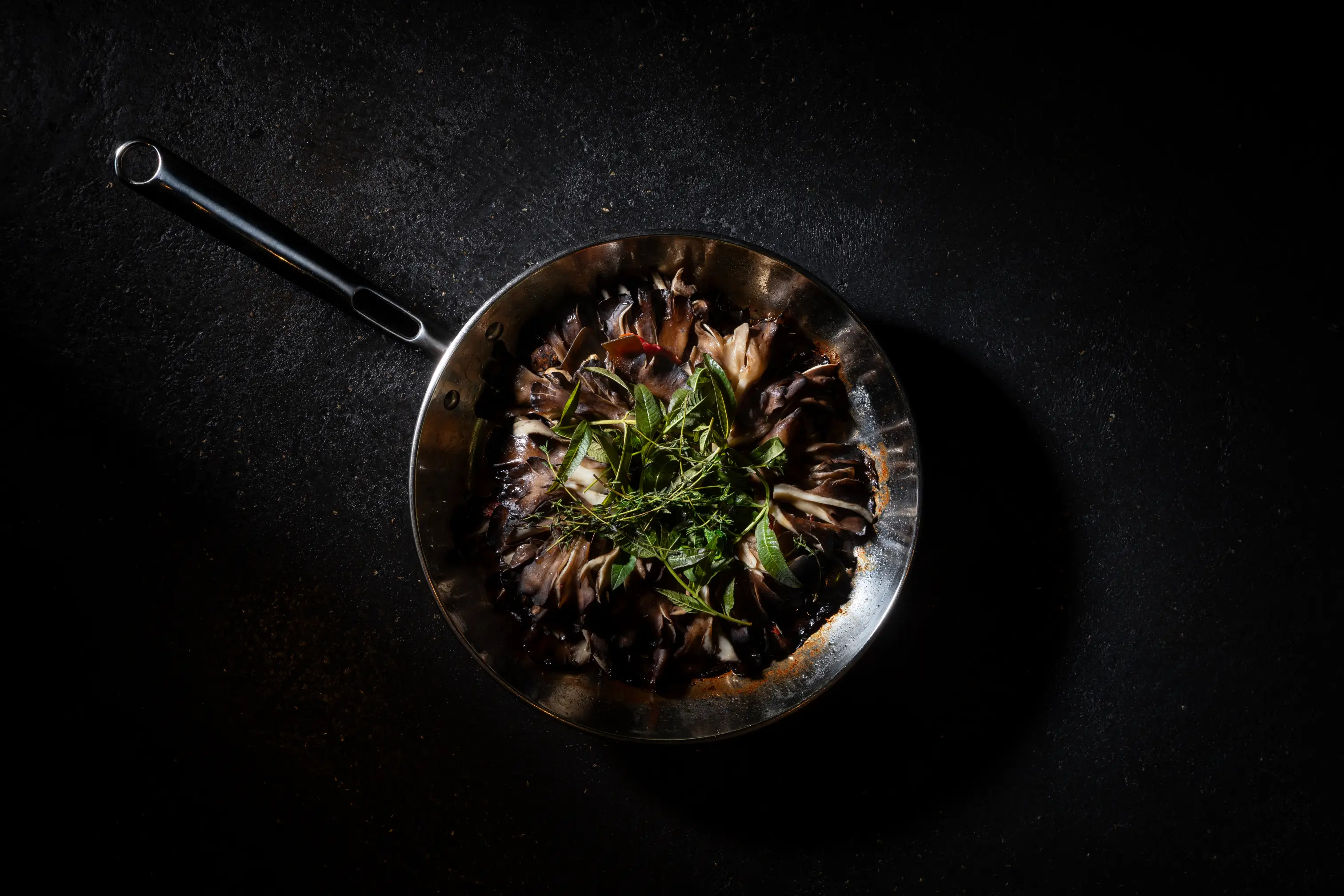
The sustainability of his “plant-based” cuisine is a bonus. Kawate sources native plants from across the Japanese archipelago, according to their fleeting seasons, and the florilegium of delightful dishes that he creates with them can be both surprisingly tasty and beautifully abstract.
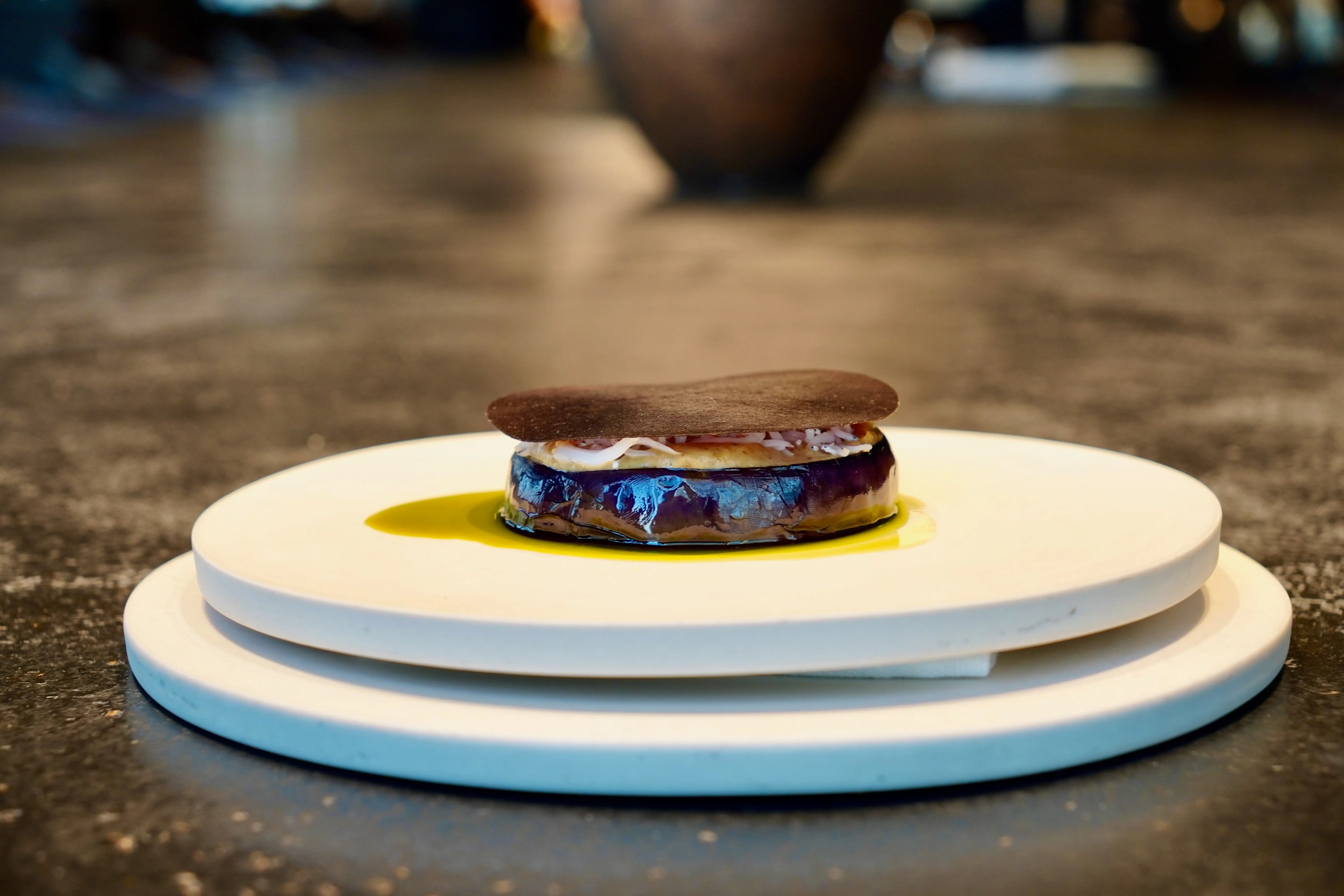
Not to worry, Kawate personally introduces each dish as he presents them to the table. As Florilège’s menu is centered around vegetables, and also includes dishes that use dairy products, eggs, and seafood. One deceptively demure dish features shiny purple eggplant, before popping in your mouth with the slippery textures of shirasu whitebait and the spicy taste of hot yellow curry. Chef Kawate will continue to explore dishes that people don’t know – in Tokyo, a place that everyone knows.
03. Äta
About midway between bustling Shibuya and fashionable Daikanyama, a wooden sandwich board leads up a staircase to a warm glow. Inside, Äta evokes the casual intimacy of a ship cabin, with homely wooden furniture and handwritten menus on overhead chalkboards. Beyond the long counter facing the open kitchen, the staff’s hanging white cotton aprons fit right into the décor.
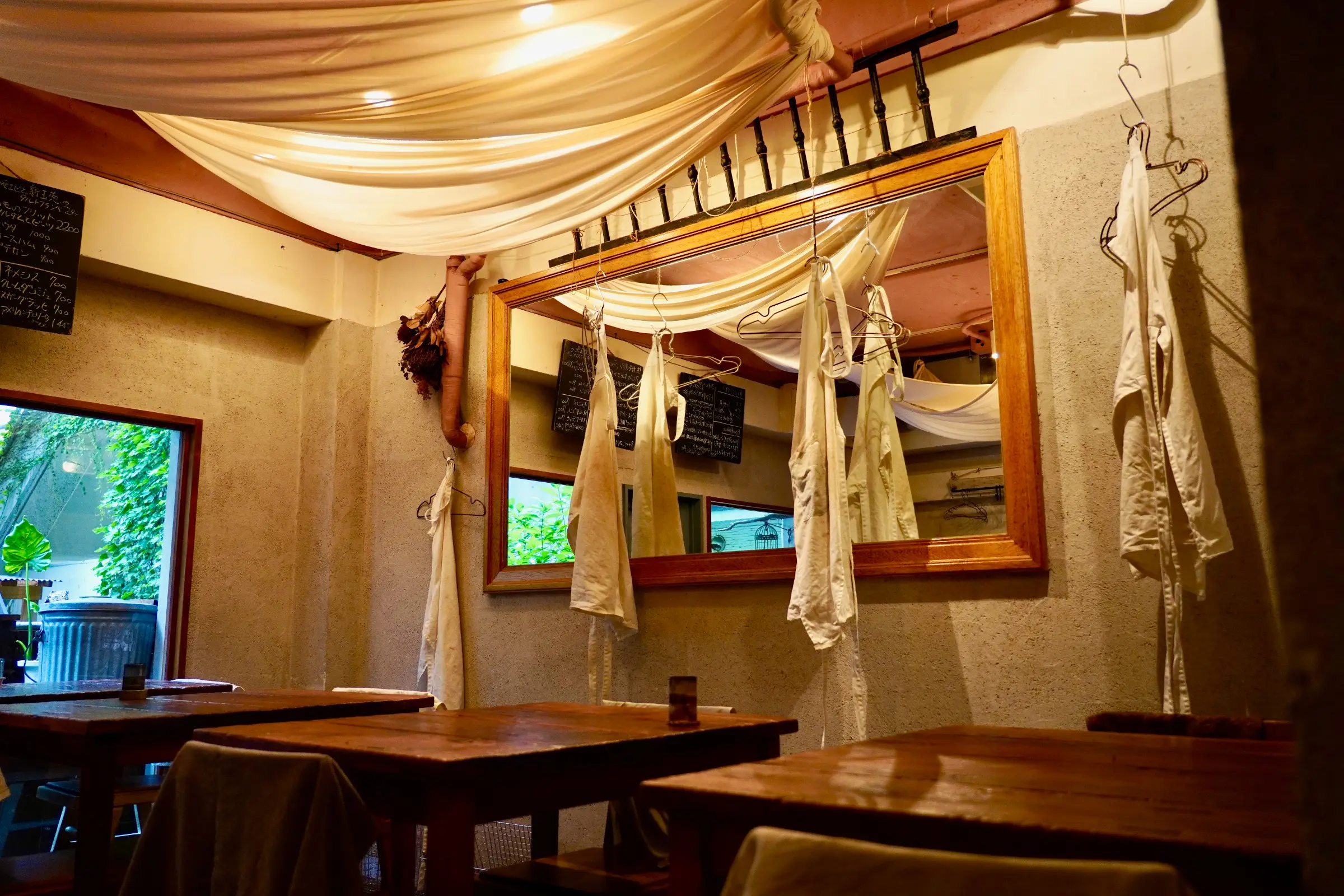
Chef Satoshi Kakegawa traces his vocation to the exceptional range of ingredients and methods he learned from studying French gastronomy. Since then, he has been thinking about the craft of cooking, the future of French cuisine, and how to innovate the genre. He opened Äta in 2012 with its friendly low counter in a cozy bistro atmosphere, as an artisan-chef who dares to be casual and down-to-earth. Chef Kakegawa has also managed classic French restaurants, but Äta reflects his desire to deliver top-notch work in a style that focuses on the very act of eating, in an unpretentious context. Äta, notwithstanding its designer umlaut, simply means “eat” in Swedish, while also referencing the “ta” in 食べる (taberu), its Japanese equivalent.
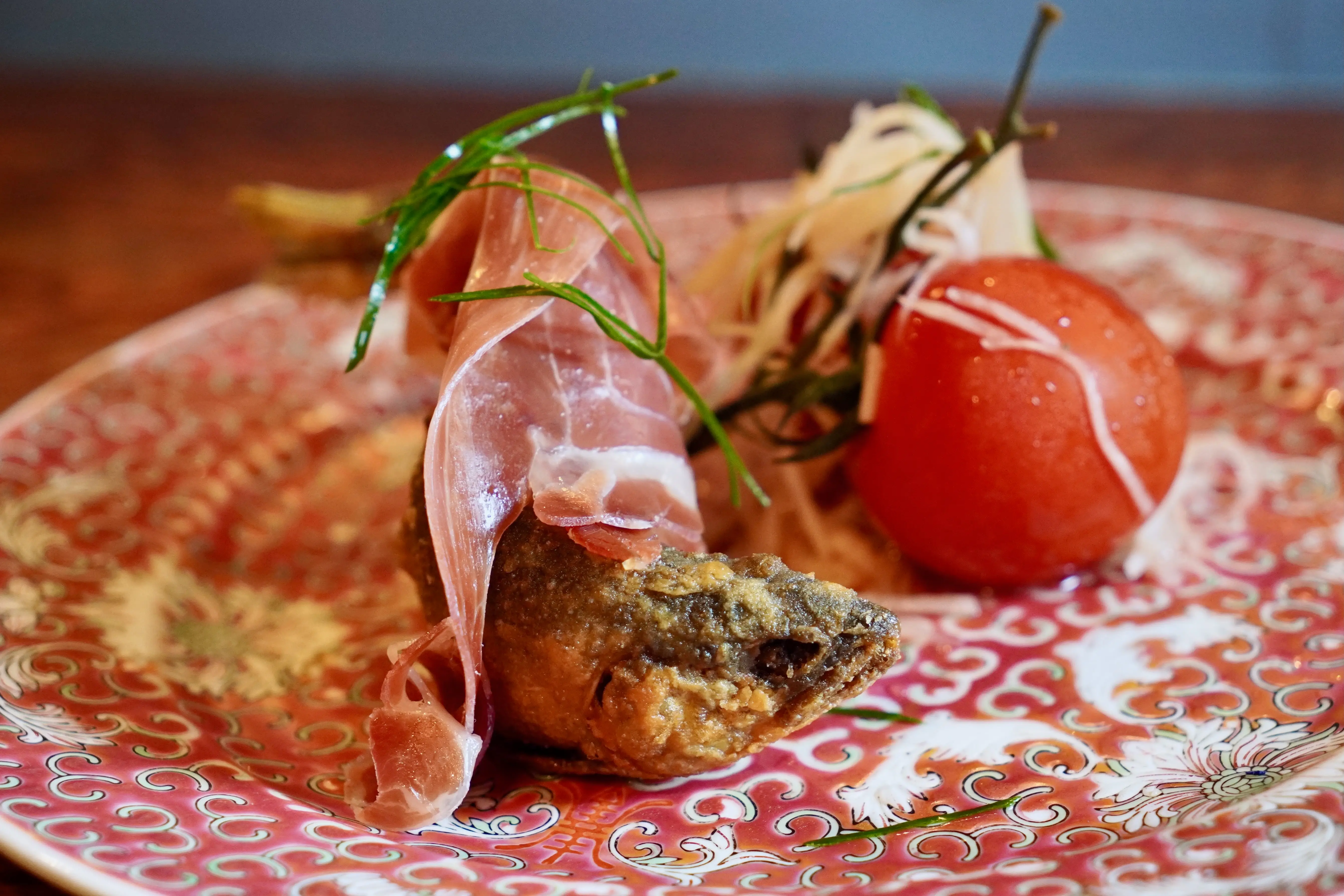
This informal eatery specializes in familiar Japanese seafood served in unfamiliar ways: minced fatty maguro neck and parmesan flakes to be wrapped in lettuce and eaten with your hands; deep-fried ayu sweetfish adorned with prosciutto and garnished with a cherry tomato, presented on traditional Chinese tableware. Äta is a space that offers tourists a more local and intimate experience of Tokyo, where you might literally rub elbows with neighborhood residents, while delighting in French-inspired dishes that are proudly created in Japan.







